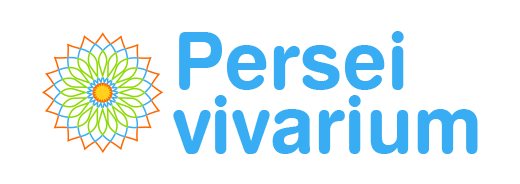What are “Early Access Programs” and what part do Real-World Data play in their operation?
by Jessica Herráiz, May 5, 2022

Currently, as we know, healthcare products must demonstrate their safety and efficacy through the completion of multiple clinical trials, passing through a strict regulatory process before their approval and commercialization in the market. However, there are situations in which early access to certain treatments and therapies is vital for patients suffering from critical illnesses like cancer and/or rare diseases, as they could provide an improvement in their condition and/or quality of life. It is possible to achieve this through Early Access Programs (EAPs) which, in addition to allowing early access to certain healthcare products, also help to streamline the regulatory processes by providing real data on those products before their release.
What are “Early Access Programs”?
According to the FDA, “Early Access Programs,” also known as “Expanded Access Programs” or compassionate use of a healthcare product, are intended to offer certain patients suffering from critical or rare diseases early access to a healthcare product that could save their lives and/or improve their condition drastically, before the products’ approval for the market.
Previously, these programs were implemented without any collection of data about the operation of the products outside of the clinical environment. However, recently, the companies in this industry have noticed that collecting data about the operation of the product in real life (Real-World Data) during this type of program provides significant added value, as it enables them to streamline the subsequent regulatory process.
It is said, therefore, that these programs of early access are also playing a key role in the development of Real-World Data as, even though the Real-Life Data captured in those programs are often used to support the results of the subsequent clinical trials, on some occasions these data are converted into the primary evidence provided to the regulatory agencies approving the product in question. This is pointed out in the article, “Early access programs: how real-world data capture helps regulatory approval”.
With that in mind, what benefits do “Early Access Programs” provide to patients and industry?
- They provide access to healthcare products that are under research and/or are innovative for patients suffering from critical or rare diseases.
- They increase knowledge and understanding of the operation of the product in real life.
- They streamline regulatory procedures and contribute to the success of the launch of the product by complementing the clinical results with Real-World Evidence.
The implementation of “Early Access Programs” and the capture of Real-World Data during their development is providing significant value in accessing new and innovative treatments and therapies. It is hoped that this will continue, offering patients different alternatives, and ones that are more adapted to their needs. The future of Real-World Data is solid, and this is increasingly enabling an increase in the understanding of diseases and different therapies and treatments, helping both patients and healthcare professionals.
Share

Jessica Herráiz
Business Development
Persei vivarium

